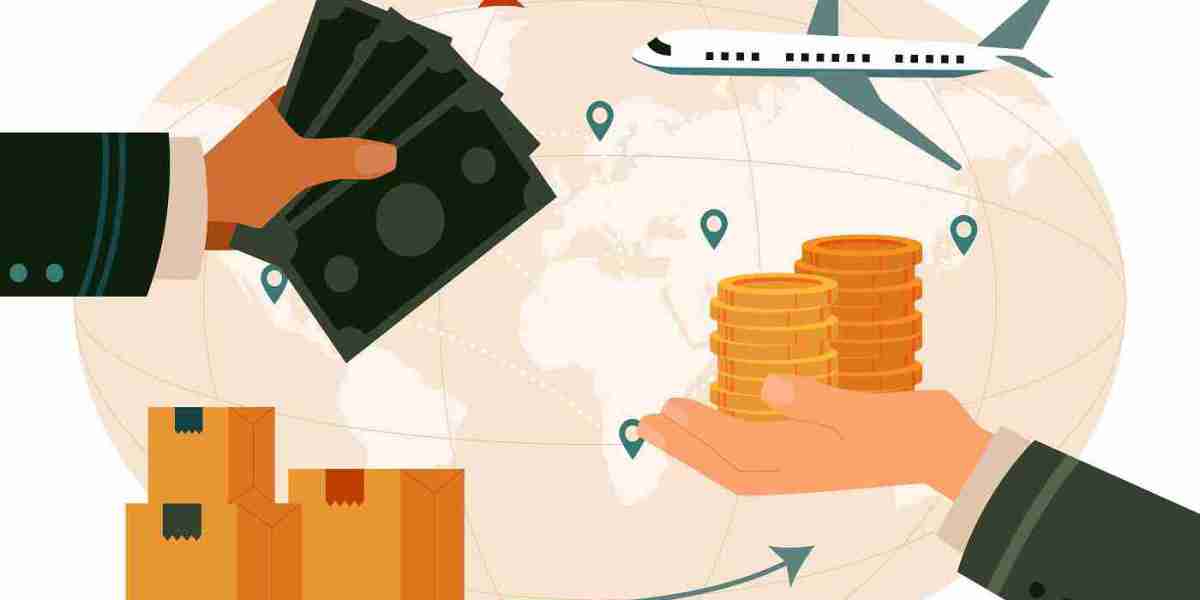Introduction
The landscape of urban delivery is rapidly evolving, driven by technological advancements, increasing consumer demands, and a growing focus on sustainability. As cities become more densely populated, the logistics of delivering goods within urban areas face numerous challenges. However, innovative solutions are emerging to address these issues, paving the way for a more efficient and sustainable future for urban delivery.
Challenges in Urban Delivery
1. Traffic Congestion
Urban areas are notorious for traffic congestion, which significantly impacts delivery times and increases fuel consumption. The surge in e-commerce has intensified this issue, with more delivery vehicles crowding already busy streets.
2. Environmental Impact
The environmental footprint of urban delivery is a pressing concern. Delivery vehicles contribute to air pollution and greenhouse gas emissions, exacerbating urban air quality issues and climate change. The challenge lies in finding ways to minimize these environmental impacts while meeting delivery demands.
3. Last-Mile Delivery
The "last mile" of delivery, the final leg of the journey from a distribution center to the customer, is often the most complex and costly part of the delivery process. Navigating narrow streets, dealing with limited parking, and ensuring timely deliveries add to the difficulties faced by delivery companies.
4. Infrastructure Limitations
Urban infrastructure is not always designed to accommodate the needs of modern delivery services. Limited loading zones, inadequate parking facilities, and outdated road networks pose significant obstacles to efficient delivery operations.
Innovative Solutions for Urban Delivery
1. Electric and Autonomous Vehicles
The adoption of electric vehicles (EVs) and autonomous delivery vehicles holds great promise for urban delivery. EVs reduce emissions and noise pollution, contributing to a cleaner urban environment. Autonomous vehicles, including delivery robots and drones, can navigate traffic more efficiently and operate around the clock, improving delivery speed and reducing labor costs.
2. Micro-Hubs and Local Fulfillment Centers
Establishing micro-hubs and local fulfillment centers closer to urban areas can significantly improve delivery efficiency. These smaller, strategically located centers reduce the distance for last-mile deliveries, cutting down on travel time and emissions. Companies like Amazon and Walmart are already experimenting with this approach to streamline their urban delivery operations.
3. Crowdsourced Delivery
Crowdsourced delivery platforms leverage the power of local communities to fulfill delivery needs. By enlisting local couriers or independent contractors, companies can create flexible and scalable delivery networks. This model not only reduces the burden on traditional delivery fleets but also provides employment opportunities within the community.
4. Smart Traffic Management Systems
Implementing smart traffic management systems can help alleviate congestion and improve delivery times. These systems use real-time data and advanced algorithms to optimize traffic flow, prioritize delivery vehicles, and provide alternative routes to avoid delays. Cities like Singapore and Amsterdam are pioneers in using smart technology to enhance urban mobility.
5. Sustainable Packaging Solutions
Reducing the environmental impact of urban delivery also involves addressing packaging waste. Sustainable packaging solutions, such as biodegradable materials and reusable containers, can minimize waste and enhance the sustainability of delivery operations. Companies are increasingly adopting these solutions to meet consumer demand for eco-friendly practices.
Case Studies: Pioneers in Urban Delivery Innovation
1. Amazon Prime Air
Amazon Prime Air is exploring the use of drones for urban delivery. Drones can bypass traffic congestion and deliver packages directly to customers' doorsteps within minutes. While regulatory and technical challenges remain, the potential for rapid, emission-free deliveries makes drones a promising solution for the future of urban delivery.
2. UPS’s Electric Vehicle Fleet
UPS has committed to reducing its carbon footprint by deploying electric delivery vehicles in urban areas. These vehicles, combined with advanced route optimization software, enable UPS to deliver packages more efficiently and sustainably. Their initiatives set a benchmark for other delivery companies aiming to reduce their environmental impact.
3. Postmates and Autonomous Delivery Robots
Postmates is at the forefront of using autonomous delivery robots for last-mile deliveries. These robots navigate sidewalks and crosswalks to deliver food and small parcels, reducing the need for traditional delivery vehicles. This innovative approach helps ease traffic congestion and provides a glimpse into the future of urban delivery.
Conclusion
The future of urban delivery is poised to be shaped by a blend of innovative technologies and sustainable practices. While challenges such as traffic congestion, environmental impact, and infrastructure limitations persist, the solutions being developed today offer hope for a more efficient and eco-friendly urban delivery ecosystem. By embracing electric and autonomous vehicles, optimizing local fulfillment, and leveraging smart technology, the logistics industry can meet the demands of modern urban living while minimizing its footprint on the planet.














